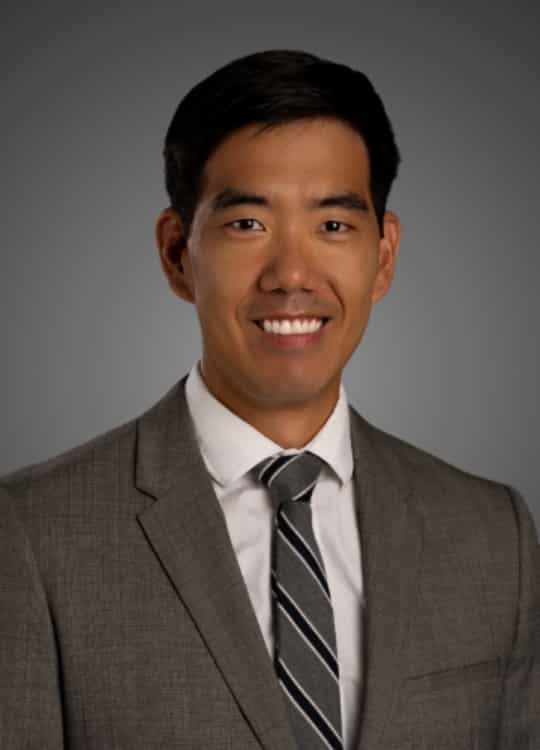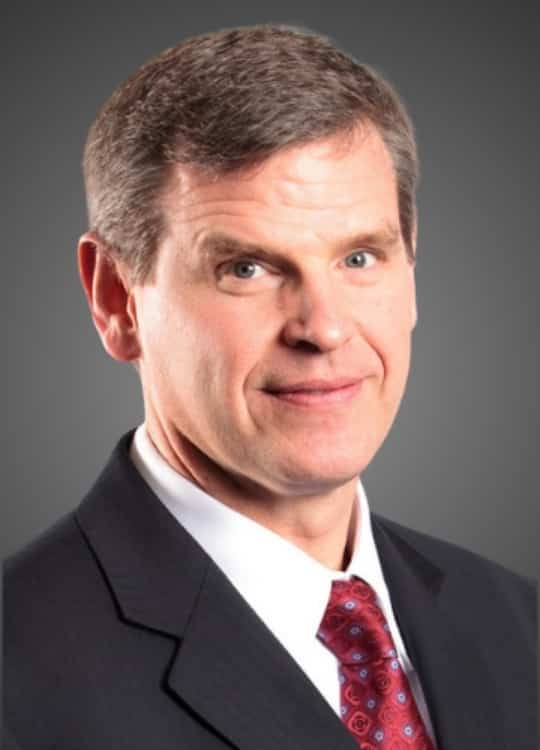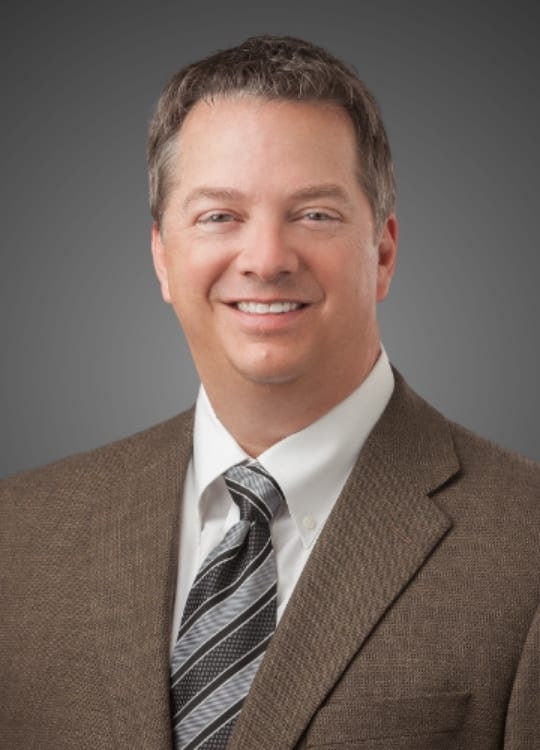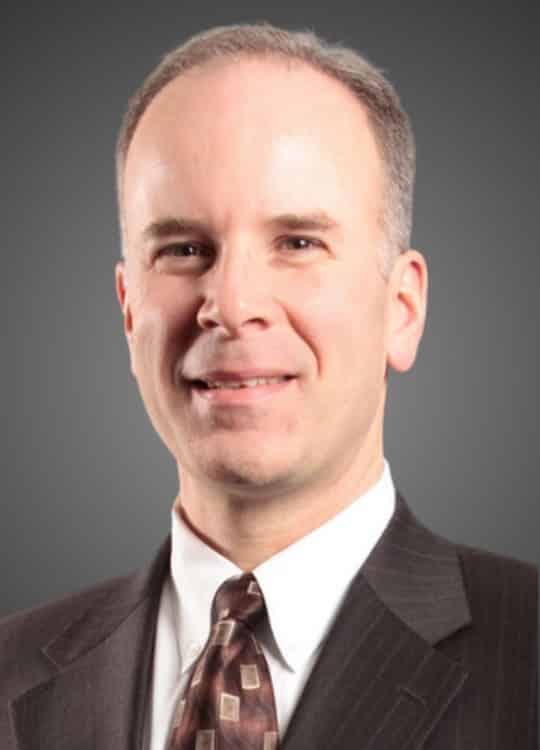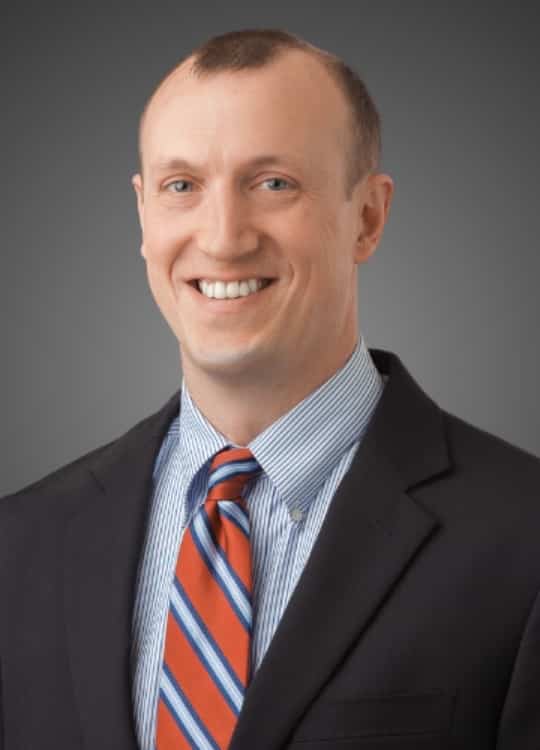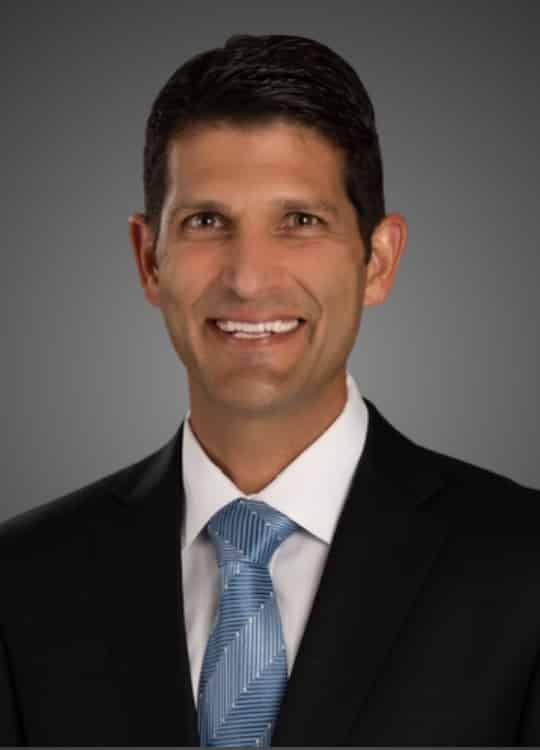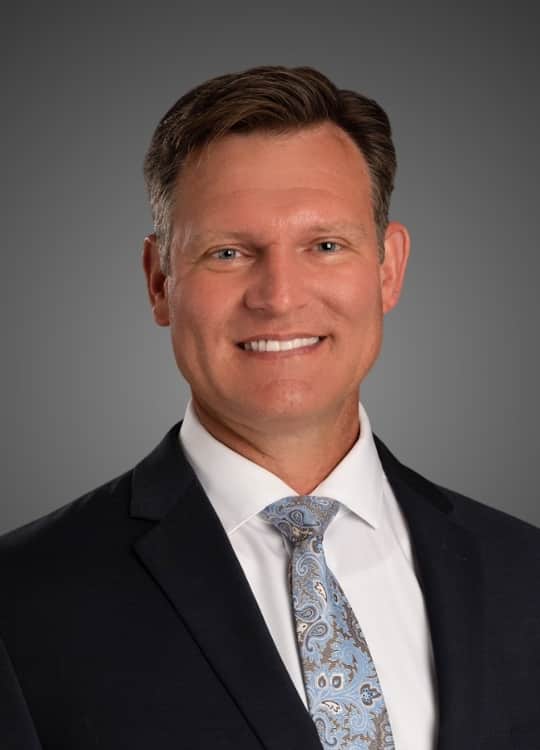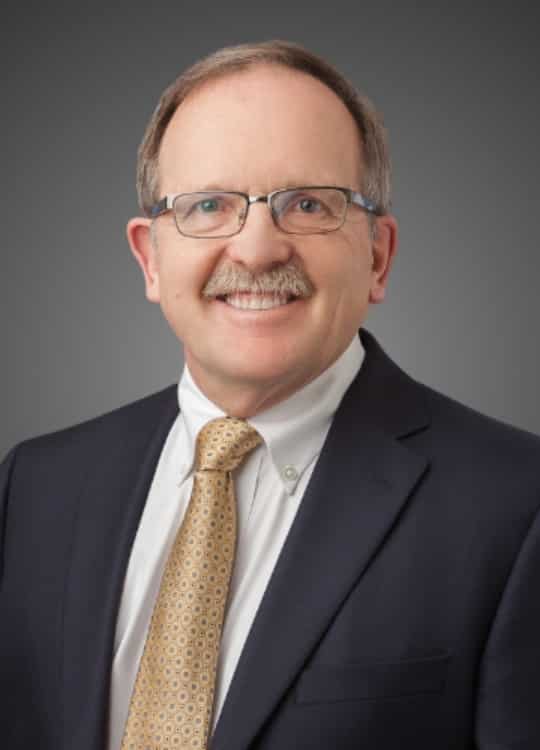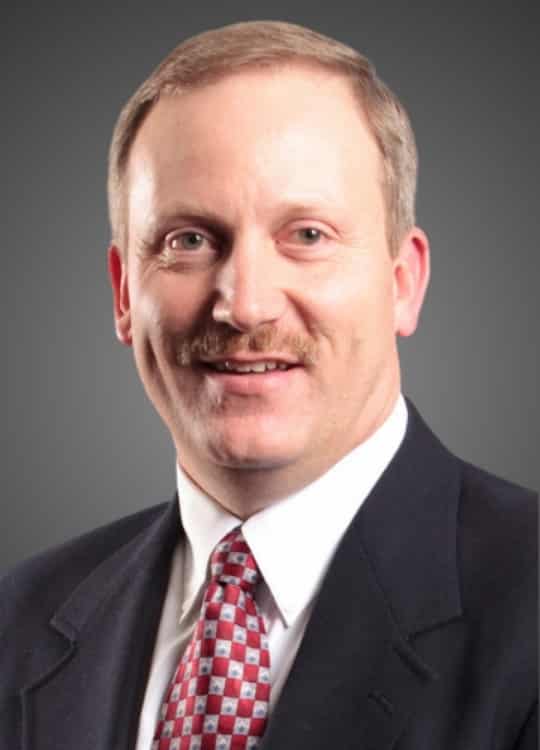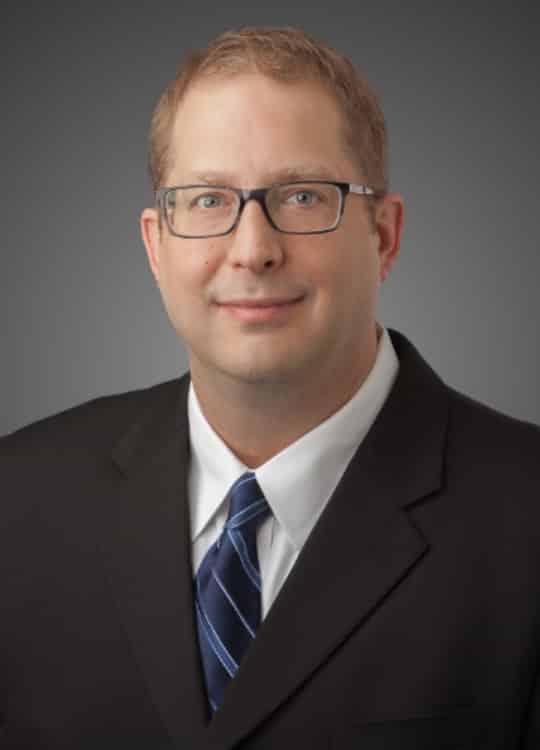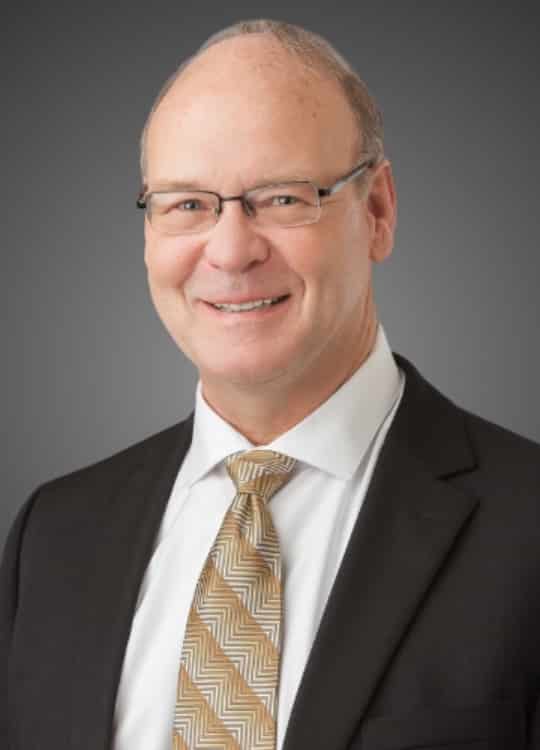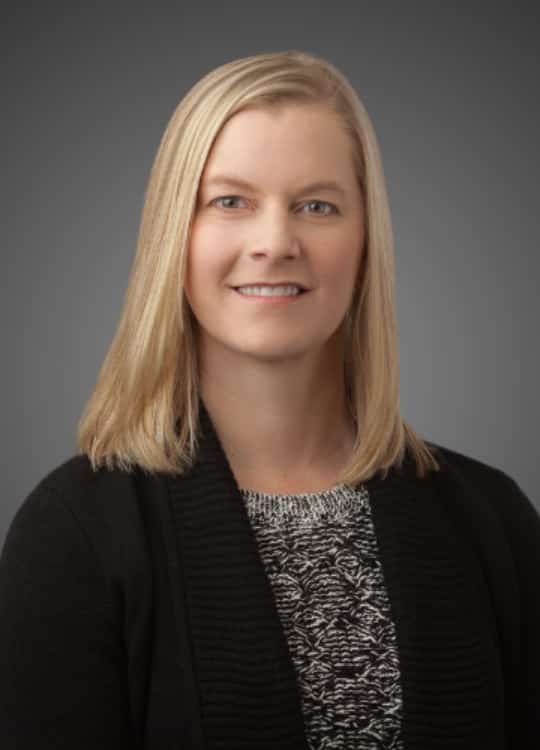Are you suffering from symptoms of Elbow Growth Plate Injuries?
The Omaha Shoulder & Elbow Specialists at MD West ONE can properly diagnose and treat Elbow Growth Plate Injuries through non-surgical and surgical treatments. If you have the following symptoms, you may want to make an appointment with one of our Board Certified Specialists.
Symptoms of a growth plate fracture include:
- Pain
- Favoring the uninjured arm
- Limited movement of a limb or joint
- A limb that looks different or bends awkwardly
- Swollen, bruised or tender area around the joint of the bone
Because children may not be able to tell anyone that that they are injured, adults must be alert for the symptoms or complaints from a child.
Meet MD West ONE's orthopedic specialists and learn more about how they treat Elbow Growth Plate Injuries...
Elbow Growth Plate Injuries: Non-surgical and Surgical Treatment(s)
What is Elbow Growth Plate Injuries?
A growth plate fracture is a crack or break in the growth plate in the bone of a child or adolescent. A growth plate is a section of tissue, made up of cartilage, a rubbery, flexible substance, that is found at the ends of the long bones of the body (finger, arms and legs).
There are two growth plates, one at each end of each long bone in the body. The growth plates determine the shape and length of the child’s bone as he or she grows. Once a child has stopped growing, the growth plates will harden into solid bone.
Are there any non-surgical treatments?
A growth plate fracture must be treated quickly because it may interfere with proper bone growth. Treatment varies depending on how badly the growth plate and attached bone are fractured.
This is how the various types of growth plate fractures are treated:
- Type I fracture: The doctor will usually recommend a cast for the patient to help protect the growth plate while it is healing. In most cases, after the cast is removed, the bone will have healed normally.
- Type II fracture: A cast may be required and the doctor may need to set the bone, or move it into place, to make sure it heals properly. Normal healing then takes place.
What if the non-surgical options do not work for me?
- Type III fracture: Surgery may be recommended in these cases, but healing occurs normally.
- Type IV fracture: This type of break usually requires surgery. Metal screws, pins, or plates may also be recommended to make sure all the fractured pieces are aligned for healing.
- Type V fracture: This fracture is a serious injury and will affect the child’s growth, and requires surgery.
Although everyone is different, the healing process for a growth plate fracture typically takes several weeks. The doctor may also request a year of follow-up appointments to monitor the child and make sure the bones are continuing to heal and grow normally. X-rays are usually taken at the follow-up appointments.
After the fracture has healed, the doctor may recommend special exercises or physical therapy for the patient. This will help the patient regain mobility, strengthen the surrounding muscles, and lessen any stiffness that may occur from weeks of not moving the injured body part.


